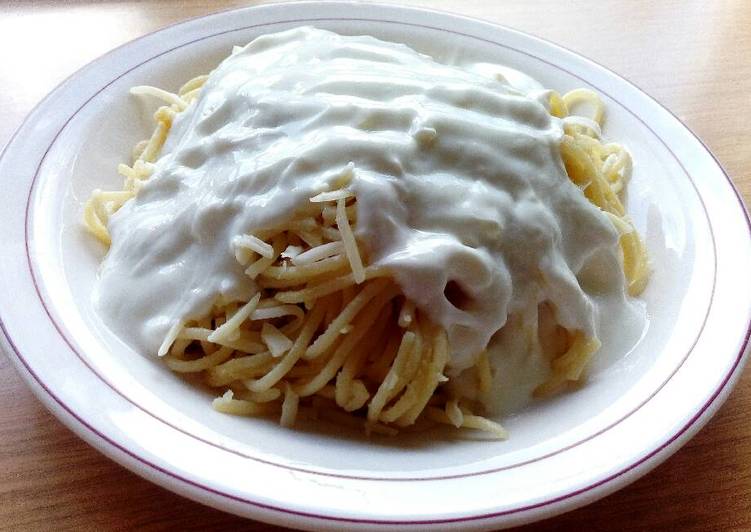Damascene spaghetti. In this video we show the traditional damascene process in order to know this amazing art. Discover our unique and handmade selection to fill your jewelry box with some sparkly, special pieces. Top with half of the spaghetti noodles, cover with about half of the remaining sauce, half of the ricotta mixture and half of the mozzarella.

Ingredients of Damascene spaghetti
- You need 250 g of spaghetti.
- It’s 2.5 L of water.
- You need of sunflower oil.
- You need 500 g of yogurt.
- You need of salt.
- Prepare of garlic powder.
- You need of brushed salty cheese.
Used in Quests: Reforged Artifact Armor (All Legs). Download Damascene stock videos at the best footage agency with millions of premium high quality, royalty-free stock videos, footages and clips at reasonable prices. Damascene definition is – a native or inhabitant of Damascus. Costco Is Selling Low-Carb, Low-Calorie Edamame Spaghetti.
Damascene spaghetti step by step
- Add salt to the water, and heat it in a pan until it boils..
- Put the spaghetti in the pan, and cook it on a medium temperature for 10 minutes..
- Steer the spaghetti carefully every 3 minutes..
- In the meantime, you can prepare the yogurt sauce..
- Simply add salt and garlic powder to the yogurt as much as you'd like😉..
- Put the spaghetti in a colander and wash it well with water..
- Put some oil in a clean pan and heat it..
- Put the spaghetti in the pan and try to mix it with the oil and cook it for 5 minutes on a low temperature with a careful steering..
- When the spaghetti is warm enough, turn off the fire and serve it on a dish..
- Put some brushed cheese on the top of it..
- Then put the yogurt sauce.
- And now you are ready to go 😉 good appetite..
These edamame noodles are here to save the day! Average Rating Tip: Scraping the spaghetti squash to make "noodles" and tossing all the ingredients together are safe and fun steps to involve kids in this recipe. About Spaghetti is a long, cylindrical pasta usually served with tomato sauce, herbs, and grated cheese. This dish has been usually attributed to Italian cu. This cloth was woven using a long and complicated process.
